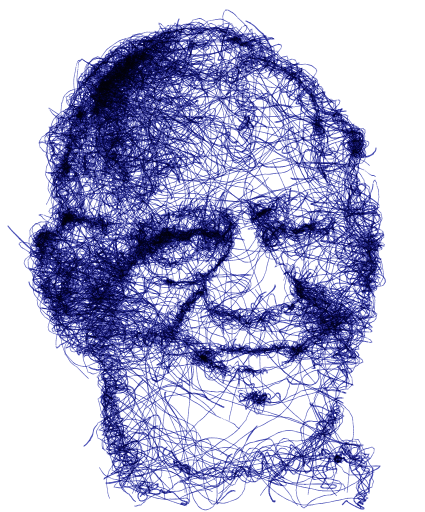Biography of Henri Lopes, writer and politician (1937–2023)

A major figure in African literature and a thinker of cultural hybridity, Henri Lopes also had a distinguished political and diplomatic career. The writer held various ministerial positions in Congo-Brazzaville, later joined UNESCO in 1981, and served as Congo’s ambassador to France from 1998 to 2016. His journey began in Kinshasa, then called Léopoldville, where he was born in 1937. From 1958, during his formative intellectual, literary, and political years—when he was active in the Federation of Black African Students in France (FEANF)—he discovered the authors of the Négritude movement and increasingly devoted himself to writing, influenced by his experiences at the “Pavillon de la France d’Outre-Mer,” now the Fondation Lucien Paye. Over more than fifty years, Henri Lopes created a dense body of work reflecting the vicissitudes of colonial and post-colonial history.
The writer is neither a grammarian nor a scholar, perhaps an alchemist, but certainly a craftsman. Words from France or words from Africa.
A poem-chair
“I adopted the chair, this familiar object, a few decades ago, at a time when I wanted to create art on a human scale in public spaces, while everywhere else people opted for the monumental: it is an object shaped like the body and serves the body. It is difficult to feel exclusive ownership of an object so universally shareable. It is mine when I occupy it, but if I leave it, someone else can claim it as their chair.” Michel Goulet, artist-sculptor
The project Prendre position
Prendre position is a sculpture-installation project of 47 chair-poems to mark the 100th anniversary of the Cité internationale universitaire de Paris. They were installed in a flowered meadow created especially for the occasion by the campus estate service.
This artistic installation was conceived by the Quebecois artist-sculptor Michel Goulet, in collaboration with François Massut, founding director of the collective Poésie is not dead.
Each house on the campus is represented by a chair, thanks to a donation from the Maison des étudiants canadiens and the support of the Labrenne group. Each of the 47 chairs is a unique work.
History and architecture of the house
Originally named the Maison de la France d’Outre-Mer, this residence was intended to house students from the French overseas territories as well as French students whose parents lived there. After the independence of the former colonies, it was renamed in 1972 after Lucien Paye.
